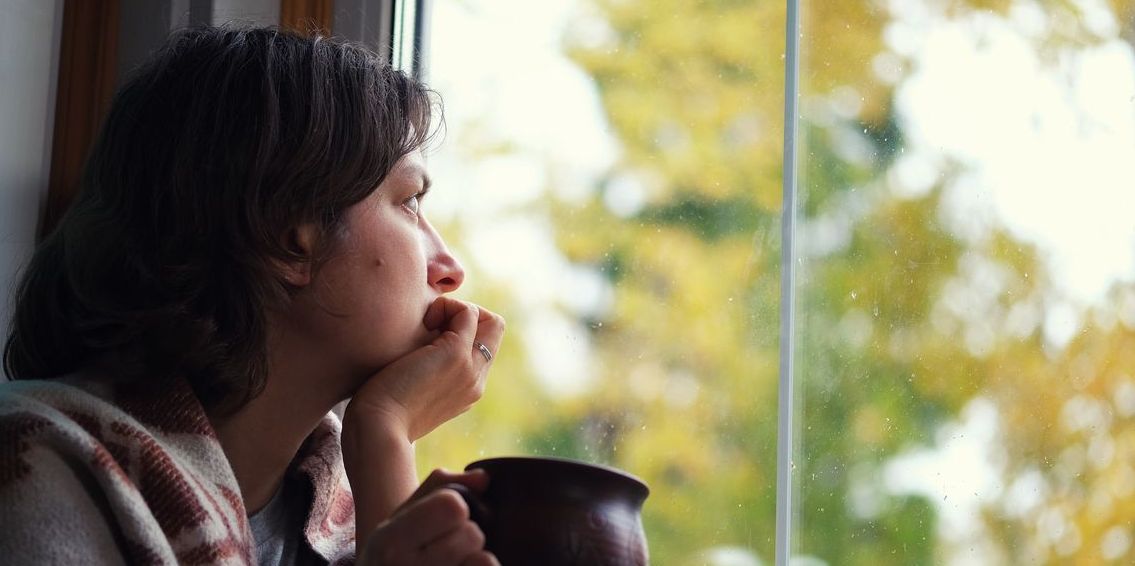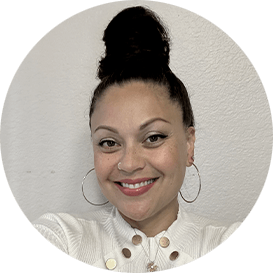The days are shorter. The nights are longer. And the temperatures have begun to plummet.
Welcome to November in the United States.
For many people, this time of year signals the long-anticipated arrival of the holiday season. A time of joy, fellowship, and celebration.
Others view the final few months on the calendar with far less enthusiasm. For these individuals, the imminent onset of winter is a dark time, both literally and figuratively.
If you fall into this second group – if the downturn in the weather and the relative dearth of daylight are accompanied by declines in mood, motivation, and energy – you may have a condition called seasonal affective disorder, or SAD.
A Brief Overview of Seasonal Affective Disorder
Seasonal affective disorder was originally described by psychiatrist Norman Rosenthal in a January 1984 article in the journal Archives of General Psychiatry.
The symptoms of this condition first appeared in the Diagnostic and Statistical Manual of Mental Disorders in its revised third edition (DSM-III-R), which was published in 1987. However, neither that version nor subsequent editions include a separate entry for SAD. Instead, the seasonality of the disorder is included as a qualifier. For example, in the DSM-5 it is referred to as major depressive disorder with seasonal onset.
The American Psychiatric Association (APA) has reported that SAD affects about 5% of adults in the United States. Given the current U.S. adult population of about 258.3 million, this means that more than 12 million people ages 18 and above may develop seasonal affective disorder.
Unfortunately, as we will discuss a bit later in this article, SAD remains a widely misunderstood disorder, to the extent that some people have questioned if it actually exists at all.
Signs & Symptoms of SAD
The symptoms of SAD are similar to what occurs when a person develops depression. Common signs of seasonal affective disorder can include:
- Persistent sense of sadness
- Low energy and motivation
- Disrupted sleep patterns
- Changes in appetite and resultant weight loss or gain
- Difficulty concentrating and focusing
- Anhedonia (inability to experience joy or pleasure)
- Loss of interest in activities or topics that used to be important
- Withdrawal and isolation
- Feelings of hopelessness and helplessness
- Intrusive thoughts of death and dying
The primary differentiators between SAD and other depressive disorders are when these symptoms occur and how long they last.
Here are the four criteria for major depressive disorder with seasonal pattern, as listed in the DSM-5:
- There has been a “regular temporal relationship” between a specific time of year and the onset of symptoms.
- The person experiences full remission, or a change from depression to mania or hypomania, at a specific time of year.
- Over the previous two years, the person has not developed depression symptoms outside a specific time of year.
- Over the course of the person’s life, their depression symptoms during a specific season have “substantially outnumbered” their struggles with depression at other times of the year.
According to the National Institute of Mental Health (NIMH), SAD symptoms typically become evident during late autumn or early winter, and they usually persist until spring or sometimes summer.
The NIMH also notes that some people experience SAD symptoms in the opposite order, with depression setting in during spring and summer and then subsiding during the fall and winter. However, this phenomenon, which is referred to as summer-pattern SAD, is a far less common version of the condition.
Separating Myth from Fact
As we alluded to earlier in this article, the fact that SAD has been acknowledged by several leading mental health organizations, including the APA and the NIMH, has not precluded some people from expressing doubts about its prevalence and impact.
Here are a few common myths or misconceptions about seasonal affective disorder, along with established facts about the condition:
Intensity of Symptoms
- Myth: Everybody gets the blues from time to time. SAD is nothing more than a clinical attempt to describe a common experience.
- Fact: Of course, just about everyone has occasional brief periods of low mood and insufficient energy. But that is different from what happens to people who have seasonal affective disorder. To qualify as SAD, a person’s symptoms must be severe enough to impair their ability to function at work, in school, or in another important area of life. In other words, SAD is much more serious than a temporary case of the blues.
Seasonal Onset
- Myth: SAD isn’t a mental health condition. It’s a natural reaction to cold, dark days and the stress of the upcoming holidays.
- Fact: First, SAD isn’t always limited to the autumn and winter months. If this was just about being cold, lacking sunlight, and worrying about seeing your relatives at Thanksgiving dinner, then summer-onset SAD wouldn’t exist. Also, SAD doesn’t only occur among people who hate cold weather or dread the holidays. It’s not uncommon for people who loved this time of year when they were younger to develop SAD symptoms later in life.
Physical Impact
- Myth: If you’re always tired in the winter, that doesn’t mean you have SAD. You’re probably just not exercising enough because it’s cold out.
- Fact: Persistent fatigue isn’t necessarily proof that you have SAD. Various physical and mental health concerns can cause you to struggle with your energy level. But SAD involves much more than being tired. It can also cause you to have difficulty focusing, concentrating, or even summoning the will to get out of bed in the morning. If you regularly experience overwhelming despair, suicidal ideation, and related symptoms at certain times of the year, that isn’t simply the result of not going for your regular evening run.
Existence of the Disorder
- Myth: Data indicates that SAD simply doesn’t exist.
- Fact: In 2016, a Scientific American article questioned the existence of SAD. This article was based on an analysis of data that the Centers for Disease Control (CDC) had collected over a yearlong period. Though that analysis raised legitimate questions about the prevalence of SAD and how it is diagnosed, it has not dissuaded reputable organizations such as the NIMH, the CDC, the Substance Abuse and Mental Health Services Agency (SAMHSA), and the Anxiety and Depression Association of American (ADAA) from acknowledging that SAD exists.
Treatment Options for SAD
Treatment for seasonal affective disorder (or major depressive disorder with seasonal onset) often includes a combination of medication, psychotherapy, and experiential services such as light therapy.
As described in a November 2015 article in the journal Depression Research and Treatment, experts believe that SAD may be related to low levels of Vitamin D and serotonin, an overproduction of melatonin, and disrupted circadian rhythms (the body’s sleep/wake cycle).
To rectify these imbalances and realign a person’s circadian rhythms, some healthcare providers incorporate Vitamin D supplements and light therapy into treatment.
- Light therapy, which is also sometimes referred to as phototherapy, involves sitting near boxes that produce a full spectrum of light (similar to what a person would experience if they were outside on a sunny day).
- As reported by the Yale School of Medicine, research has documented that 30 minutes of daily exposure to certain types of light before 8 a.m. in the morning can lead to “substantial improvement” among people who were struggling with SAD.
More traditional elements of care may also be beneficial for people who have developed SAD. These approaches include:
- Antidepressants, especially selective serotonin reuptake inhibitors (SSRIs) such as fluoxetine (Prozac)
- Cognitive-behavioral therapy (CBT)
- Meditation, yoga and related practices
- Stress management education
- Dietary changes
If you think you may need treatment for SAD or any other mood disorder, you should schedule an assessment with a qualified healthcare provider. Receiving an accurate diagnosis and getting recommendations for appropriate treatment options are important steps on the path toward improved health.


 Gianna Melendez
Gianna Melendez Jodie Dahl, CpHT
Jodie Dahl, CpHT